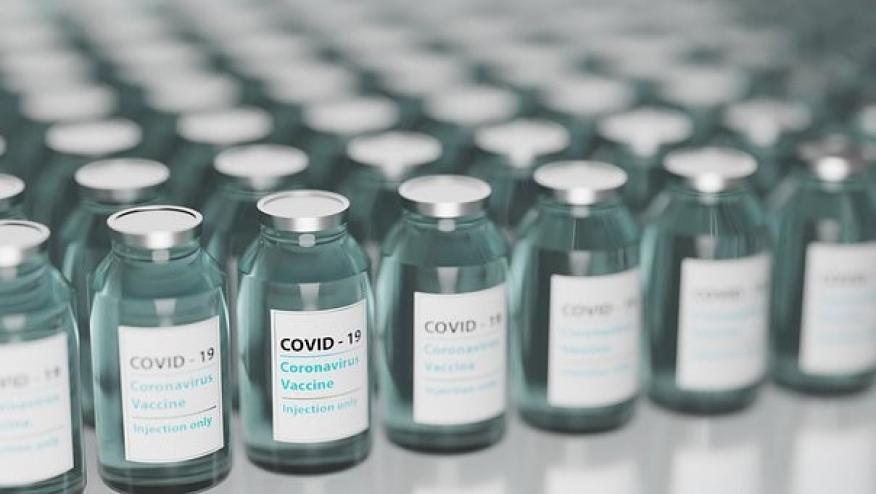Best of 2021: Comparison of Three Coronavirus Vaccines Save

On Feb. 27, the Food and Drug Administration announced it has issued an emergency use authorization for Johnson & Johnson’s one-dose Covid vaccine, making it the third COVID-19 vaccine to be commercially available. We've compiled a comparison table and some key information relevant to your delivering patient guidance henceforth.
Key Caveats
- Important to note that COVID vaccine efficacy varies by country (generally higher in the USA) and with the age group under study (sometimes lower in elderly individuals)
- None of these are live or replicating vaccines.
| Manufacturer | Pfizer | Moderna | J&J | AstraZenica |
|---|---|---|---|---|
| EUA approval | 12/11/20 | 12/18/20 | 2/27/21 | Not submitted |
| Type | mRNA | mRNA | Adenovirus vector | Adenovirus (modified) |
| Number enrolled | 43,548 | 30,420 | 43,783 | NA |
| # Shots/interval |
2 3 weeks |
2 4 weeks |
1 (2 doses under study) |
2 4-12 weeks |
| Seroprotection | 95% |
94.1% 86% >65yrs |
66% Globally 72% USA |
70% |
| Protection against Severe Dz | 92% | 88.9% | 85% | |
| Protection from COVID Death | 85% | (6 deaths) | 100% | 100% |
| Protection from COVID Hospitalization | 87% | 89% | 100% | 100% |
| Storage Temp | - 94°F | -4°F | 36°F and 46°F | 36°F and 46°F |
None of these have been studied in children. Pfizer’s vaccine is approved for those over 16 years, while the other 3 have been studied in adults > 18 yrs.- None of these have been studied in autoimmune, or immunosuppressed or pregnant individuals
- "Reactogenicity" (referring to transient mild to moderate adverse effects) may occur in the first 7 days and include: injection site pain, fatigue, headaches, myalgia, arthralgia, flu-like symptoms.
- With Pfizer and Moderna vaccines, side effects were more common after the second dose.
- Side effects were more common in younger adults, and less so in older adults
- Anaphylaxis is exceedingly rare, but occurs usually within 15 min of injection; hence the reason subjects are advised to be observed for a short period after injection. Reported anaphylaxis rates: Moderna: 2.5 cases per one million doses; Pfizer: 4.7 cases per million doses. Some have suggested that anaphylaxis and more severe reaction are more likely in those with a history of severe allergies or prior anaphylaxis
- CDC recommends that "if you have had a severe allergic reaction (anaphylaxis) or an immediate allergic reaction—even if it was not severe—to any ingredient in an mRNA COVID-19 vaccine (such as polyethylene glycol), you should not get an mRNA COVID-19 vaccine".
- Vaccine stability: once the Pfizer vaccine vial has been thawed, it must be used within five days; Moderna’s is stable at fridge temperature for 30 days and at room temperature for 12 hours. J&J’s vaccine can be stored at room temperature for 12 hours d that information
- There is no data on the durability of protection (how long am I protected?)
Editor's note: This blog post appeared March 10, 2021 and is being published again today as part of RheumNow's Best of 2021.










If you are a health practitioner, you may Login/Register to comment.
Due to the nature of these comment forums, only health practitioners are allowed to comment at this time.